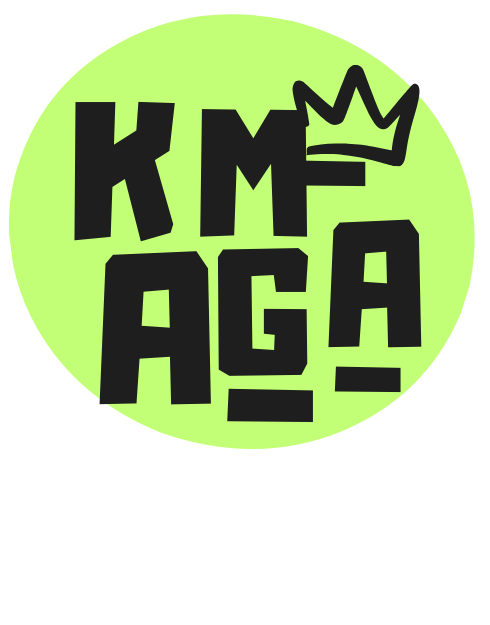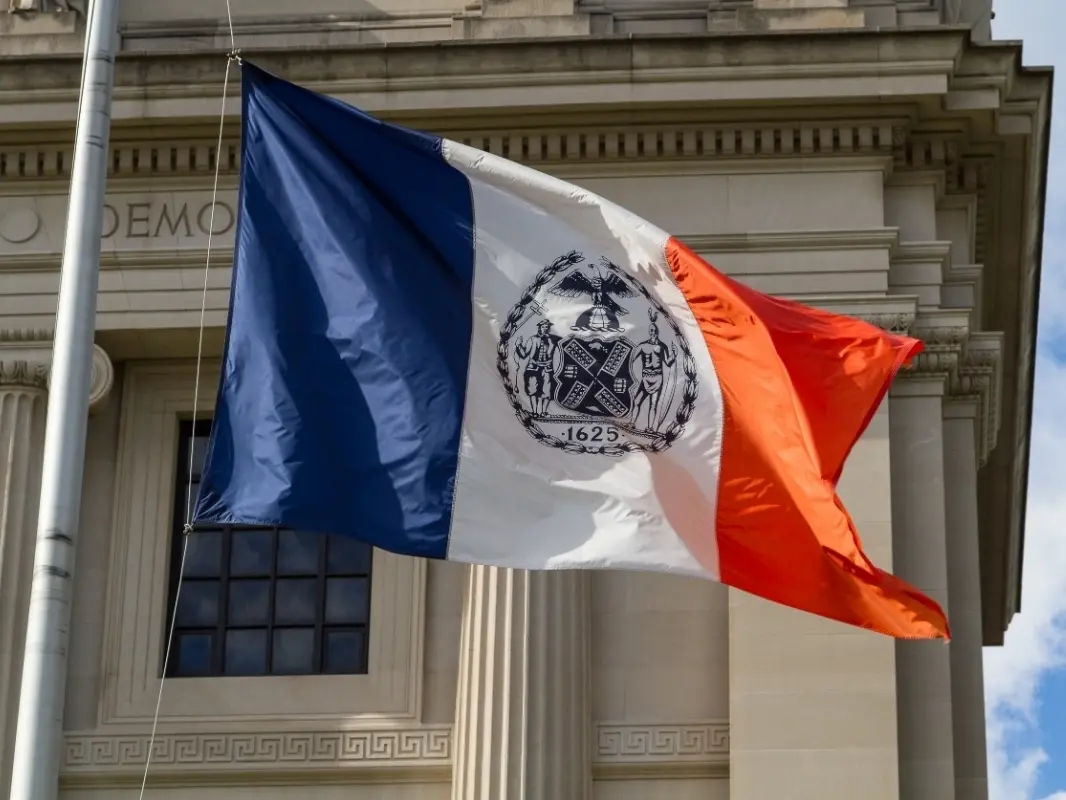Introduction to the NYC Flag
The NYC flag is more than just a colorful piece of fabric; it’s a bold symbol of the city’s rich history and vibrant culture. With its striking design and meaningful colors, this emblem has captured the hearts of New Yorkers and visitors alike. Whether you’ve seen it flying high over City Hall or on souvenirs in local shops, the NYC flag tells a story that’s deeply woven into the fabric of one of the world’s greatest cities. Join us as we explore the fascinating history, symbolism, and evolution behind this iconic banner that represents resilience, diversity, and pride for millions.
Historical Background of the Design
The design of the NYC flag has roots that date back to 1915. It was during this time that a competition was held to create an official city flag. The goal was simple: capture the essence of New York City in a single banner.
Adopted on April 12, 1919, the flag features a striking blue field with two vertical stripes in white and red. This color scheme pays homage to both the Dutch colonial period and the American Revolution.
At its center sits the city seal, which illustrates various elements representing commerce, industry, and maritime heritage. Designed by mayoral aide Louis Bamberger, it showcases a Native American standing beside symbols for trade and shipping—integral components of New York’s identity.
Each element in this carefully crafted design reflects not just history but also ambition—a testament to what makes NYC unique today.
The Meaning and Symbolism Behind the Colors
The NYC flag features a striking combination of blue, white, and orange. Each color carries its own significance, reflecting the city’s rich history and diverse culture.
Blue represents vigilance, perseverance, and justice. It symbolizes the waters surrounding Manhattan that have played a vital role in shaping the city’s destiny.
White stands for purity and peace. This hue captures the hope for harmony among New Yorkers from all walks of life.
Orange adds warmth to this triad. It is often associated with strength and resilience—qualities essential to navigating urban challenges.
Together, these colors create a visual narrative that embodies both pride and unity within one of the world’s most iconic cities. The flag is more than just fabric; it tells stories through its vibrant palette every time it waves high above city streets.
Evolution and Changes of the Flag Over Time
The NYC flag has undergone several changes since its inception. Introduced in 1915, the original design featured a blue field with the city’s coat of arms at its center. This was a bold statement reflecting New York’s identity.
In 1977, a significant update occurred. The flag adopted a tri-color scheme: blue, white, and orange. Each color represents distinct elements of the city’s heritage and values.
Over time, discussions about inclusivity and representation sparked debate around the flag’s imagery. Activists have called for revisions to better reflect modern New York City’s diverse population.
Despite these conversations, the essence of the NYC flag remains intact. It continues to be an emblem of pride for millions who call this vibrant metropolis home.
Controversies Surrounding the Flag
The NYC flag, while a symbol of pride for many, has not been without its share of controversies. One major point of contention arose over the representation within the emblem itself. Critics argue that certain elements do not reflect the city’s diverse population adequately.
Another controversy centers around the historical context of some symbols. The misalignment between their origins and modern values has sparked debates about inclusivity and relevance. Some believe that it is time to revisit these designs in light of contemporary societal views.
Additionally, incidents involving vandalism or misuse have also ignited discussions about respect for public symbols. Such actions often lead to heated exchanges among residents who feel deeply connected to what the NYC flag represents versus those who see it as merely an object.
As perspectives shift, so too does the conversation surrounding this iconic emblem.
Modern Uses and Representation of the Flag
The NYC flag has transcended its role as a simple emblem. Today, it’s a vibrant part of the city’s identity. You’ll find it waving proudly at public buildings, schools, and parks across all five boroughs.
Local businesses embrace the flag in their branding. Coffee shops and restaurants often incorporate its colors or design into signage to showcase their New York roots.
Civic pride is reflected through merchandise too. From t-shirts to stickers, many residents wear or display items featuring the NYC flag as a badge of honor.
Artistic interpretations have emerged as well. Street artists and designers reinterpret the flag in murals and graphics, blending tradition with contemporary culture.
Events like parades celebrate this symbol of unity among diverse communities. The flag stands not just for New York City but for resilience and hope that resonates deeply within every New Yorker’s heart.
Conclusion: The Enduring Legacy of NYC’s Flag
The NYC flag stands as a powerful symbol of the city’s identity and resilience. Its rich history reflects the diverse cultures that have shaped New York over centuries. The colors and design carry deep meanings, representing values such as liberty and justice.
Throughout its evolution, the flag has witnessed changes that resonate with the shifting tides of politics and society. While controversies have emerged around its symbolism and representation, these discussions only highlight its significance in contemporary discourse.
Today, the NYC flag is more than just fabric; it embodies pride for millions who call this city home. Whether seen fluttering atop municipal buildings or waved at parades, it continues to inspire unity among residents from all walks of life. The enduring legacy of New York City’s flag serves not only as a reminder of its past but also as an emblem of hope for the future—one where diversity thrives under a shared banner.

